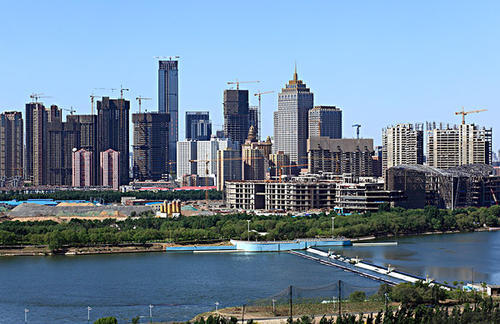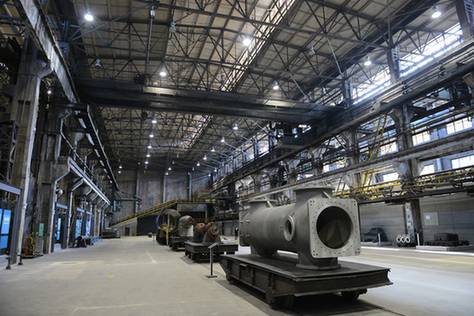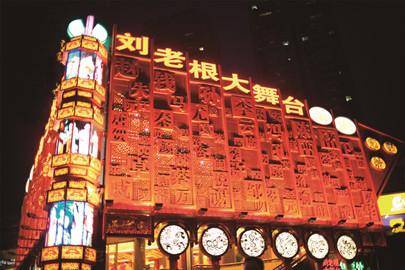Perhaps everyone knows that Beijing has the 798 Art District. Many young artists visit Beijing and may skip Tiananmen Square, but they definitely go to take photos at 798. Shenyang has a similarly magical place called the '1905 Creative Cultural Park'. This park is located in an old factory building of Shenyang Heavy Industry Group, which was meticulously renovated while retaining its main structure! The original workshop was built in 1937 and was once used for steelmaking, becoming the first steel plant in New China and achieving more than forty 'firsts' for the Republic.
Zhang's Marshal Mansion
'Half a Century of the British Empire', a history of the British Empire. Zhang's Marshal Mansion is an important building from the Republic of China period, where Zhang Zuolin and his son Zhang Xueliang ruled the three northeastern provinces. The construction of Zhang's Marshal Mansion began in the autumn of 1914, with a total building area of 36,000 square meters. The central part is a three-courtyard quadrangle, and the northern part consists of two groups of quadrangles in the western courtyard. The three-courtyard quadrangle was designed by absorbing the characteristics of the royal residences in Shenyang during the Qing Dynasty and following the living customs of Zhang Zuolin's hometown in southern Liaoning. This mansion served as Zhang Zuolin's official residence and the private residence of the Zhang family. The architectural function of 'front office and rear residence' is very distinct. Each building is unique, blending Chinese and Western architectural styles, making it a classic example of northeastern architecture during the Republic of China period.
It wasn't until one day that I realized a BMW factory should be an environment filled with oil stains, dust, noise, and steel frameworks. Until one day, I accidentally discovered that the BMW Brilliance Tiexi Plant in Shenyang is actually a national AAAA-level scenic spot. A factory can become a tourist attraction, just like the Shenyang Imperial Palace, open to visitors. This huge contrast prompted me to visit this modern 'art factory' that integrates industry and art. Upon arriving at the BMW Brilliance Tiexi Plant, what greeted me was not a serious office building, but a super large open space. Not just the reception area, office area, and rest area... art pieces are everywhere.
When talking about Chinese industry, one must mention Shenyang, known as the 'Eastern Ruhr'. It is the birthplace of China's modern industrial revolution, which once led China out of industrial backwardness and created the earliest heavy industry glory. The huge Tiexi Tower supports the backbone of the Republic. When visiting Shenyang, you must not miss the China Industrial Museum. Located in the Tiexi District of Shenyang, the China Industrial Museum was transformed and expanded from the Shenyang Tiexi Foundry Museum. Covering an area of 80,000 square meters and housing over 16,000 artifacts, it is currently the largest comprehensive industrial museum in the country.
Liu Laogen Grand Stage
In Northeast China, there is an old saying, 'Better to skip a meal than to miss an Errenzhuan performance.' Errenzhuan originated from the folk culture of Northeast China and has a history of about 300 years. It belongs to the category of Chinese ballad singing and is popular in Liaoning, Jilin, Heilongjiang, the three cities and one league in the eastern part of Inner Mongolia, and the northeastern part of Hebei Province. It features a man and a woman dressed in colorful costumes, holding fans and handkerchiefs, singing, dancing, and acting out a story. The singing style is high-pitched and rough, and the lyrics are humorous and witty.













